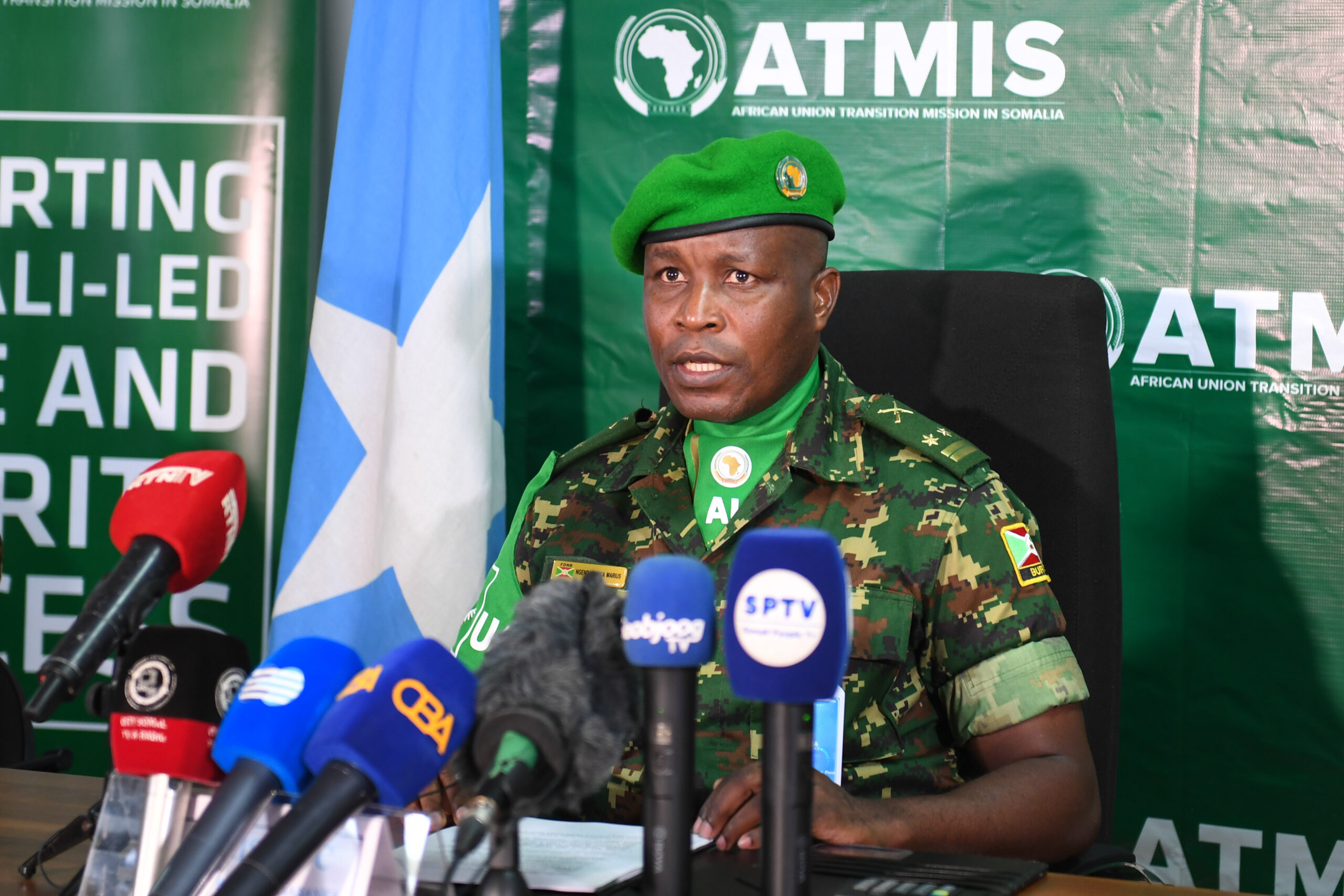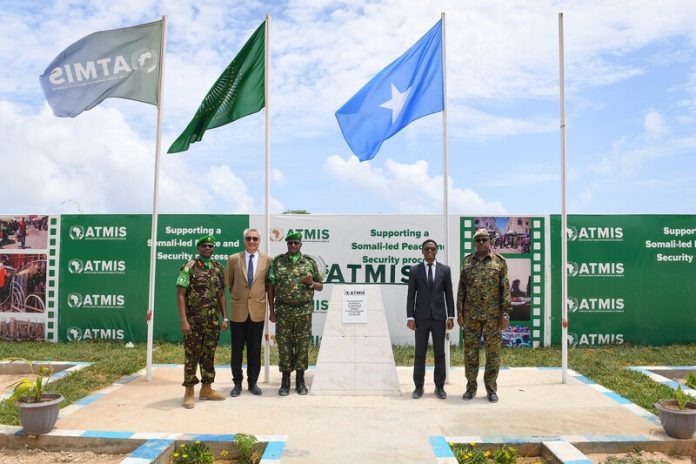Somalia is facing challenges as it transitions from the African Union Transition Mission in Somalia (ATMIS) to another foreign force due to financial reasons and political expediency affecting the timeline for the ATMIS transition. Despite efforts to mentor the Somali National Army (SNA) to take over security responsibilities, there are concerns about the resilience of al-Shabaab militants and the need for continued foreign troop assistance. The ATMIS transition process has been criticized for lacking a clear plan and facing difficulties due to a force generation deficit.
During his briefing to the UNSC on June 24, ATMIS head Mohamed el-Amine Souef noted that despite the AU force making advancements in the transition process, al Shabaab has demonstrated resilience and the capacity to carry out severe attacks. This was evidenced by recent attacks on Somali Security Forces in El Dhere and the mortar attack on the Atmis camp in Baidoa.
Analysis of ATMIS Transition
Omar Mahmood, a senior Eastern Africa analyst at the International Crisis Group, emphasized that the political aspirations surrounding the transition have not aligned with the realities on the ground, leading to delays. While acknowledging some progress, Mahmood highlighted that the Somali National Army (SNA) has taken control of certain bases from the AU force and is increasingly at the forefront of the fight against al Shabaab. However, he emphasized that achieving a full transition is a gradual and long-term process that necessitates further development of the Somali security sector to enable independent operations.
“It is likely Somalia will still require foreign troops assistance for at least the next couple of years in order to avoid a security reversal,” he says.
Peace and security analyst Ruth Namatovu contends that Somalia’s transition has been disjointed because it wasn’t crafted by the AU but rather imported into the mission.
According to Ms. Namatovu, who works as a research fellow at the Institute of Research and Policy Integration in Africa, located at Northern Illinois University in the US, there is a lack of a coherent plan, with different stakeholders pursuing divergent agendas. She points to global examples such as Afghanistan, Iraq, Mali, Sudan, and the Democratic Republic of Congo, where security transitions during insurgencies often lead to disastrous outcomes, perpetuating conflict cycles in affected countries.

Concessions in the ATMIS Transition Efforts
“Somalia is trying to dodge a similar end result by minimizing the risks of getting rid of the foreign forces at once at the time when al-Shabaab has become more resilient, sophisticated and grown its force in terms of numbers,” she says.
Experts argue that a smooth security transition, such as in Somalia, doesn’t require an immediate and complete withdrawal of foreign forces. Instead, it should involve a gradual handover of military operations and security duties to local forces before the foreign troops fully exit. Despite advancements, with the Somali National Army (SNA) taking over 22 bases from the African Union (AU) since June 30, 2023, the transition has faltered due to a shortfall in force generation. This shortfall has left civilians vulnerable to al-Shabaab attacks.
Somalia’s Federal Government Efforts
Due to these security gaps, the Federal Government of Somalia recently sought to delay the withdrawal of 2,000 of the 4,000 AU troops from the mission until the end of September. However, on June 28, the UN Security Council reduced the requested delay, setting a new deadline for August 12 through Resolution 2741 (2024). This resolution allows troop-contributing countries to maintain up to 14,626 uniformed personnel until June 30 and mandates the drawdown of 2,000 personnel by this date. From July 1 to August 12, the authorized troop level is up to 12,626, after which the 2,000 troops must leave to complete phase three of the drawdown. The AU force is set to conclude its peacekeeping operations by December 31, amidst concerns of a resurgent al-Shabaab.
In December 2023, Somalia requested a post-Atmis force from the UN Security Council following multiple security setbacks. Mr. Mahmood suggests that a new mission, with a Concept of Operations (Conops) to be finalized by the end of the month and reviewed on August 2, should have clear benchmarks to ensure a full transition. He notes that previous plans prioritized swift timelines for political reasons rather than reflecting on-the-ground realities. Ultimately, the transition’s success depends more on Somalis than on international partners or the AU. “Part of the problem has been previous plans emphasised quick timelines for reasons of political expediency, rather than realities on the ground. Ultimately, it is less up to the international partners or even the AU to deliver the transition, but the Somalis themselves,” he says.
Investment Plans Following the ATMIS Transition Decision
During the reconfiguration of the African Union Mission to Somalia (Amisom) to Atmis, donors dismissed a five-year transition period proposed by TCCs in favor of a shorter transition of less than three years, motivated by their own preferences. Funding has been a persistent issue, with the mission reportedly $145 million in arrears. Analysts stress the need for international partners to agree on a funding mechanism for the new force, ensuring that their investment in Somalia’s state-building yields peace and security.

